Hair metal bands that were influential to the genre
Hair metal, often synonymous with glam metal, emerged in the late 1970s and became a defining genre of the 1980s. Known for its flamboyant fashion, high energy, and catchy hooks, it combined elements of hard rock and pop. Hair metal bands dominated the charts with their anthems and power ballads, leaving an indelible mark on the music world. The genre was as much about the spectacle as it was about the music, with bands donning elaborate costumes and big hair that became their signature.
The Rise of Hair Metal in the 1980s

Hair metal rose to prominence in the early 1980s, with bands like Mötley Crüe and Poison leading the charge. The genre’s ascent was fueled by the economic boom of the decade, which allowed for extravagant concerts and music videos. Festivals and arenas were packed with fans eager to see their favorite bands perform live. The music’s appeal lay in its upbeat, party-friendly vibe, offering an escape from the mundane. This era was a time when rock stars were larger-than-life figures, and hair metal was the soundtrack to a generation.
Defining Characteristics of Hair Metal Bands
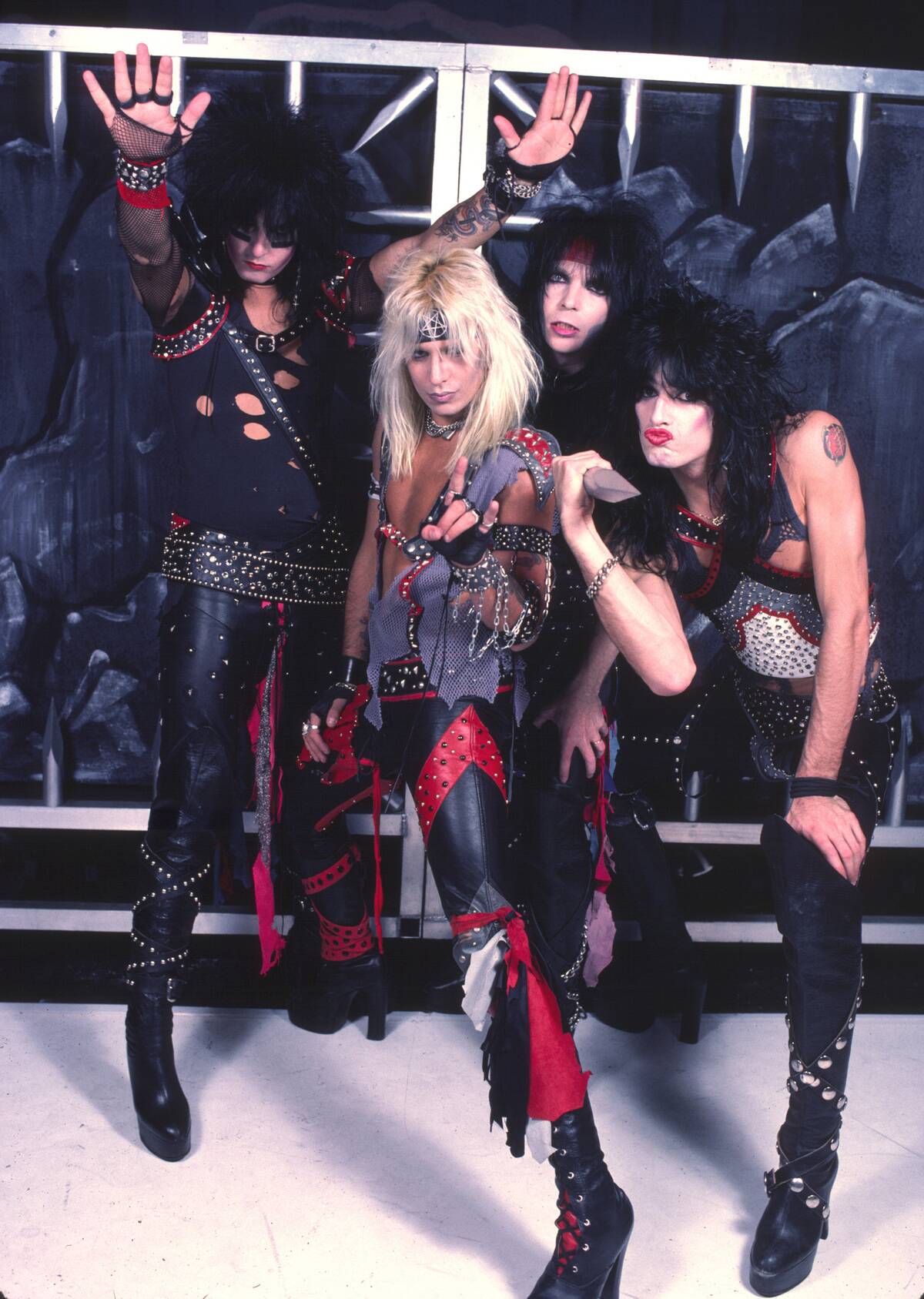
One of the most defining characteristics of hair metal bands was their over-the-top stage presence. Bands often featured charismatic frontmen, who captivated audiences with their dramatic performances. Musically, hair metal was characterized by guitar solos, anthemic choruses, and catchy melodies. Lyrically, the songs often revolved around themes of love, rebellion, and the rock ‘n’ roll lifestyle. Visually, these bands embraced glam fashion, with spandex, leather, and makeup becoming staples of their image.
Mötley Crüe: Wild Nights and Big Hair
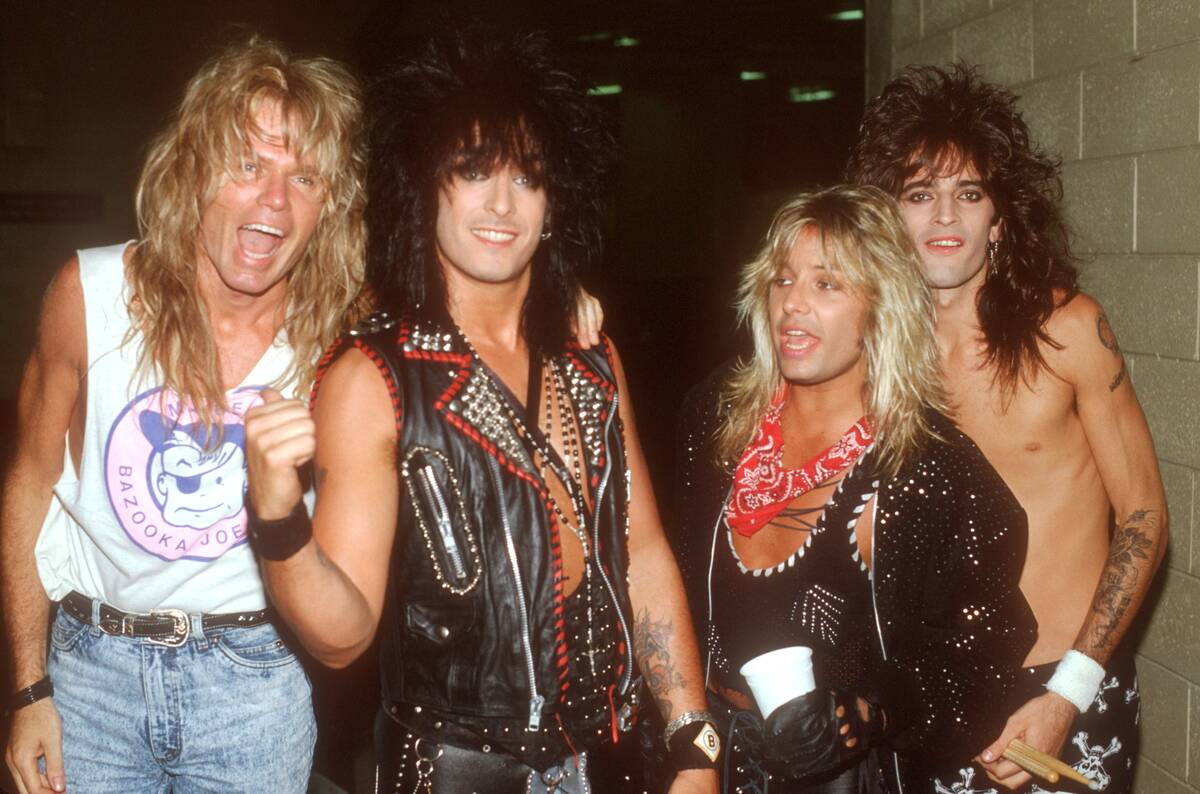
Mötley Crüe epitomized the wild and reckless spirit of hair metal, both on and off the stage. Formed in 1981, the band quickly gained notoriety for their outrageous antics and hard-hitting music. Albums like “Shout at the Devil” and “Dr. Feelgood” became instant classics, showcasing their ability to blend heavy metal with catchy hooks. Their live performances were legendary, complete with pyrotechnics and theatrical elements. Mötley Crüe’s influence on the genre is undeniable, making them one of the most iconic hair metal bands of all time.
Poison: Glam Rock and Unforgettable Anthems
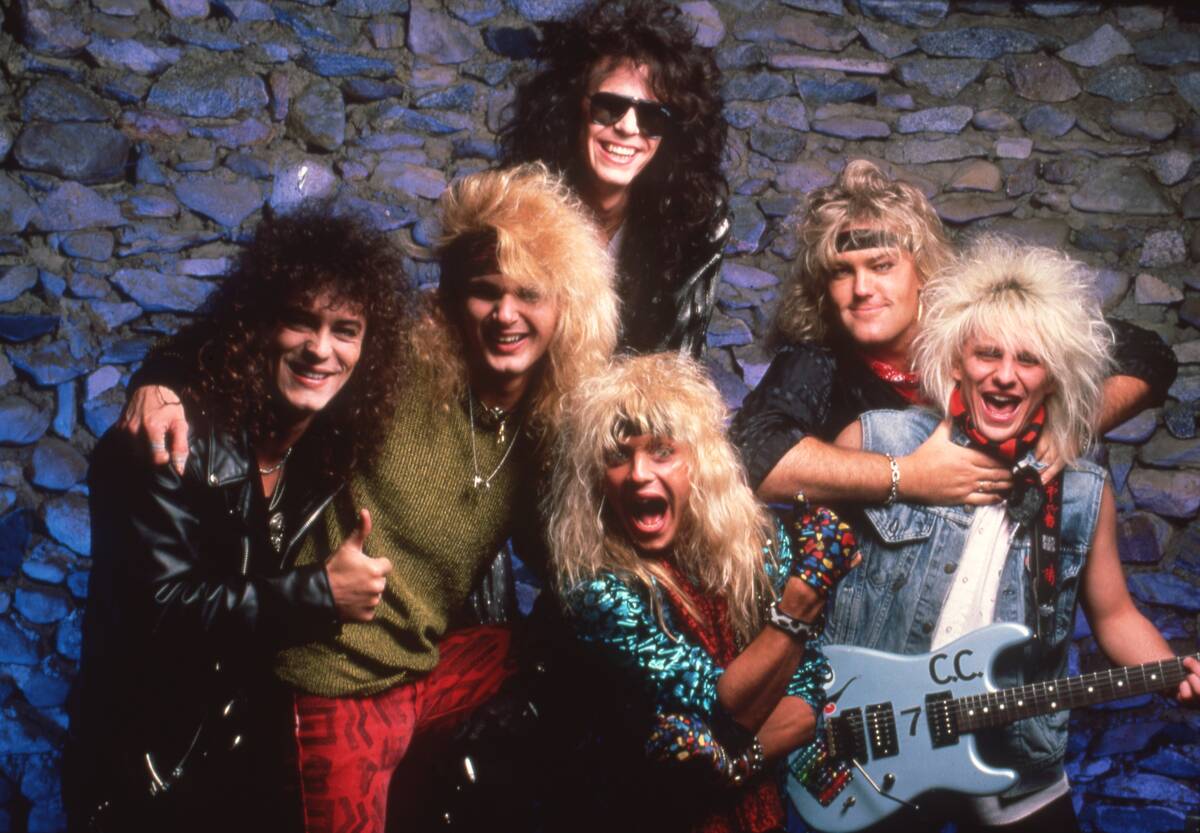
Poison burst onto the scene with their debut album, “Look What the Cat Dragged In,” in 1986, and instantly became glam rock icons. Known for their infectious party anthems like “Talk Dirty to Me” and “Nothin’ but a Good Time,” they captured the fun-loving essence of hair metal. Poison’s flamboyant style, characterized by colorful outfits and wild hairstyles, made them stand out in the crowded rock scene. Their music videos were a staple on MTV, further cementing their place in the glam rock pantheon.
Def Leppard: From Sheffield to Stardom

Hailing from Sheffield, England, Def Leppard became a global sensation with their polished sound and anthemic hits. The band’s breakthrough came with the release of “Pyromania” in 1983, followed by the monumental success of “Hysteria” in 1987. Songs like “Pour Some Sugar on Me” and “Love Bites” became radio staples, showcasing their knack for crafting unforgettable melodies. Def Leppard’s music blended hard rock with a pop sensibility, appealing to a wide audience and helping them achieve superstardom.
Bon Jovi: Bringing Hair Metal to the Masses
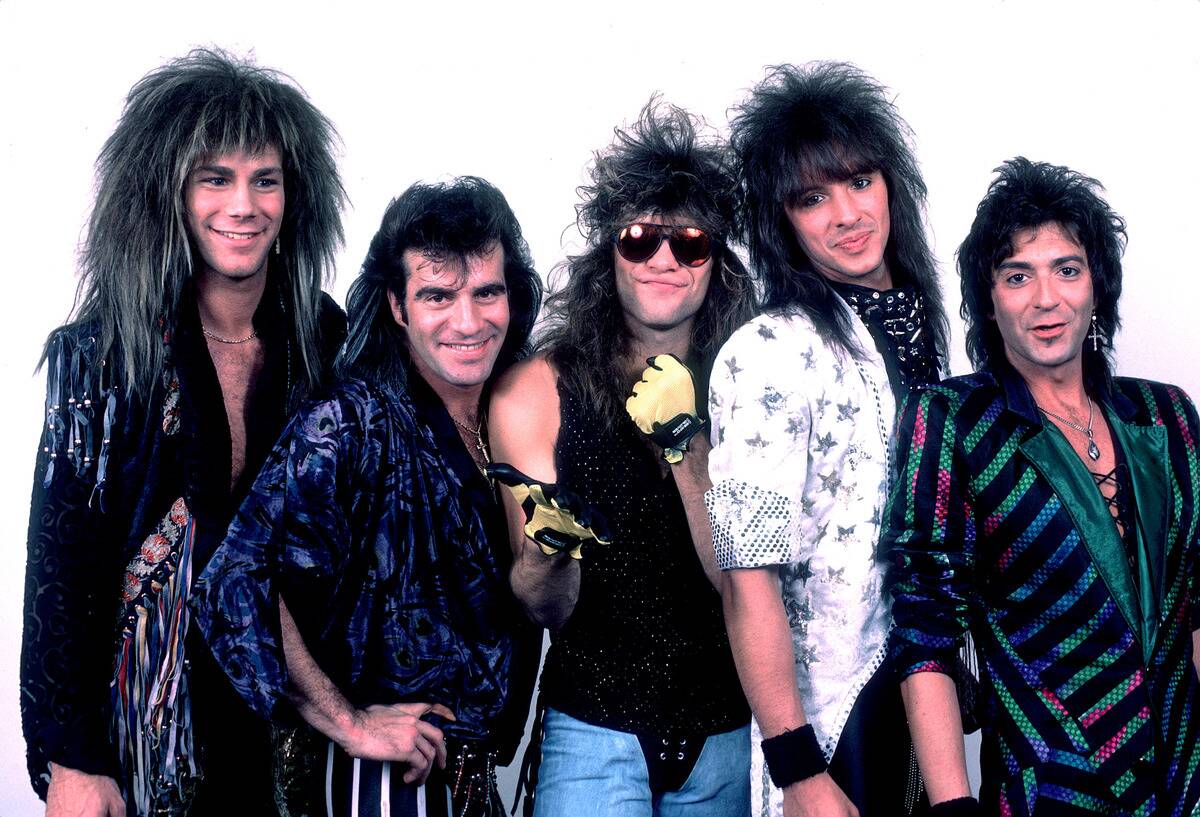
Bon Jovi, led by charismatic frontman Jon Bon Jovi, played a pivotal role in bringing hair metal to mainstream audiences. Their 1986 album “Slippery When Wet” catapulted them to international fame, with hits like “Livin’ on a Prayer” and “You Give Love a Bad Name.” Bon Jovi’s polished sound and relatable lyrics resonated with fans worldwide, making them one of the most successful bands of the era. Their ability to blend rock anthems with heartfelt ballads set them apart in the hair metal scene.
Ratt: Infamous Riffs and Catchy Choruses

Ratt emerged as a prominent force in the hair metal scene with their debut album, “Out of the Cellar,” in 1984. Known for their infectious riffs and catchy choruses, Ratt delivered hits like “Round and Round” that became anthems of the era. Their music was characterized by a gritty edge that set them apart from their peers. Ratt’s energetic live performances and rockstar swagger made them a favorite among hair metal fans, solidifying their place in the genre’s history.
Twisted Sister: More Than Just a Costume Party
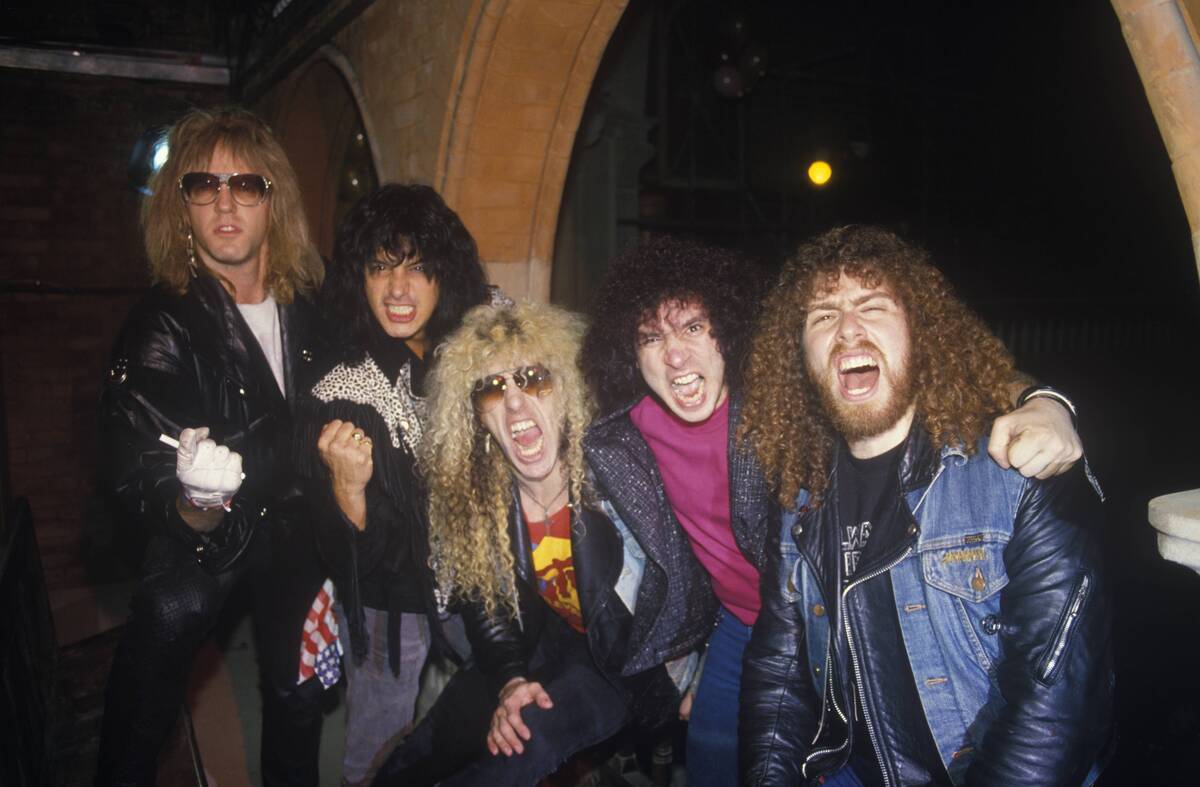
Twisted Sister, fronted by the flamboyant Dee Snider, became known for their rebellious spirit and theatrical stage presence. Their 1984 album “Stay Hungry” included iconic songs like “We’re Not Gonna Take It” and “I Wanna Rock,” which became anthems of defiance. The band’s outrageous, costume-heavy appearance often overshadowed their musical talent, but their impact on the genre was undeniable. Twisted Sister’s music and message resonated with fans who embraced their call for individuality and rebellion.
Cinderella: A Blend of Glam and Blues Rock
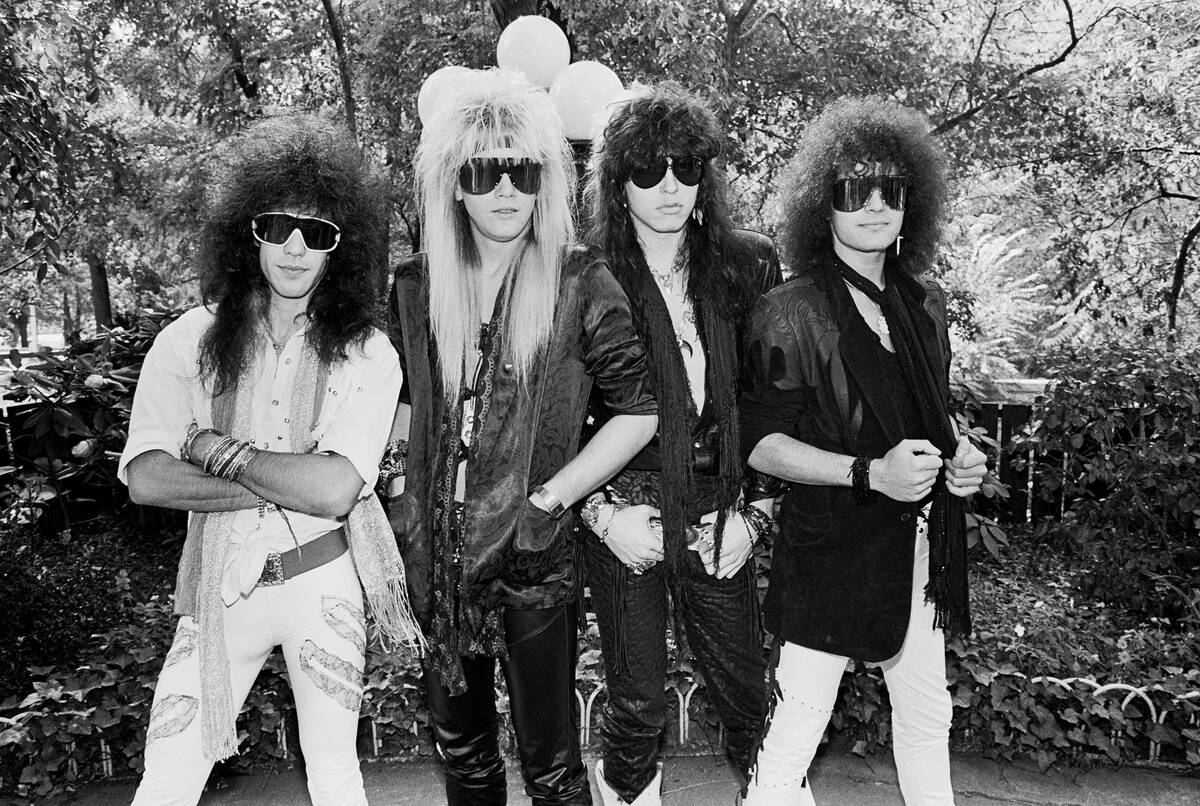
Cinderella brought a unique blend of glam and blues rock to the hair metal scene, setting them apart from their peers. Their debut album, “Night Songs,” released in 1986, featured hits like “Nobody’s Fool” and “Shake Me,” showcasing their distinctive sound. Frontman Tom Keifer’s gritty vocals and the band’s blues-infused rock style made Cinderella a standout act. Their music was a refreshing mix of hard-hitting rock and melodic ballads, earning them a dedicated fanbase and critical acclaim.
Quiet Riot: The Band That Started the Noise
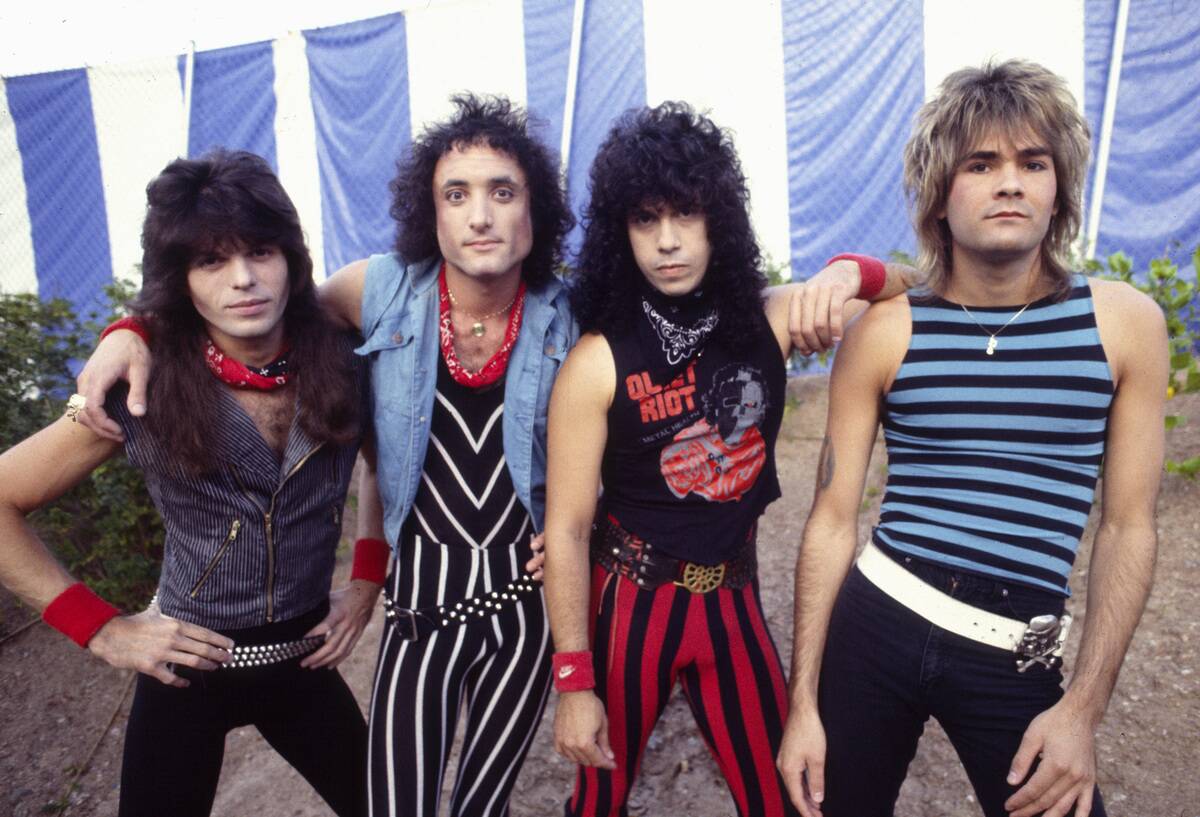
Quiet Riot holds the distinction of being the first hair metal band to achieve mainstream success, thanks to their 1983 album “Metal Health.” The album’s title track and their cover of “Cum On Feel the Noize” became massive hits, propelling them to the top of the charts. Quiet Riot’s success paved the way for other hair metal bands to follow, proving that the genre had commercial viability. Their energetic sound and charismatic performances made them one of the pioneers of the hair metal movement.
Skid Row: The Heavier Side of Hair Metal

Skid Row brought a heavier, more aggressive edge to hair metal, setting them apart from their contemporaries. Their self-titled debut album, released in 1989, featured hits like “18 and Life” and “Youth Gone Wild,” showcasing their raw sound and powerful lyrics. Frontman Sebastian Bach’s dynamic vocals and the band’s hard-hitting riffs resonated with fans seeking a harder rock experience. Skid Row’s music captured the rebellious spirit of youth, earning them a loyal following and critical acclaim.
Dokken: Harmonies and Hard Rock

Dokken carved a niche for themselves in the hair metal scene with their blend of harmonized vocals and hard rock riffs. Their 1984 album “Tooth and Nail” featured hits like “Alone Again” and “Into the Fire,” showcasing their signature sound. The band’s combination of melodic hooks and heavy guitar work set them apart from their peers. Dokken’s music was marked by a balance of catchy choruses and technical musicianship, earning them a devoted fanbase and a lasting legacy in the genre.
Warrant: Power Ballads and Pop Metal
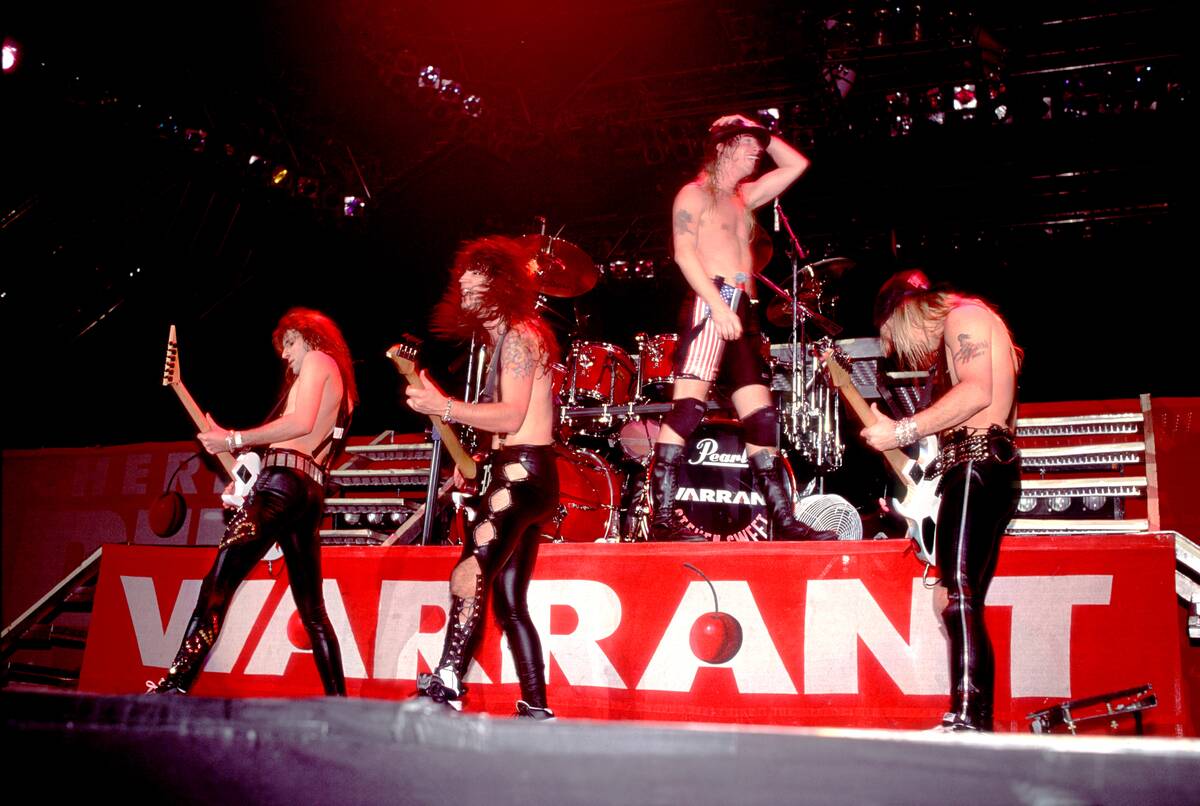
Warrant became known for their catchy pop-metal sound and memorable power ballads that captivated audiences. Their 1989 debut album “Dirty Rotten Filthy Stinking Rich” featured hits like “Heaven” and “Down Boys,” which became staples on radio and MTV. Warrant’s music was characterized by its infectious hooks and polished production, appealing to a broad audience. Their blend of rock anthems and heartfelt ballads made them one of the most popular bands of the hair metal era.
White Lion: Melodic Rock with a Message

White Lion stood out in the hair metal scene with their melodic rock sound and socially conscious lyrics. Their 1987 album “Pride” featured hits like “Wait” and “When the Children Cry,” which showcased their ability to blend catchy melodies with meaningful themes. The band’s music often addressed issues like love, war, and social justice, setting them apart from their peers. White Lion’s combination of melodic hooks and thoughtful lyrics resonated with fans, earning them a dedicated following.
The Influence of MTV on Hair Metal’s Popularity
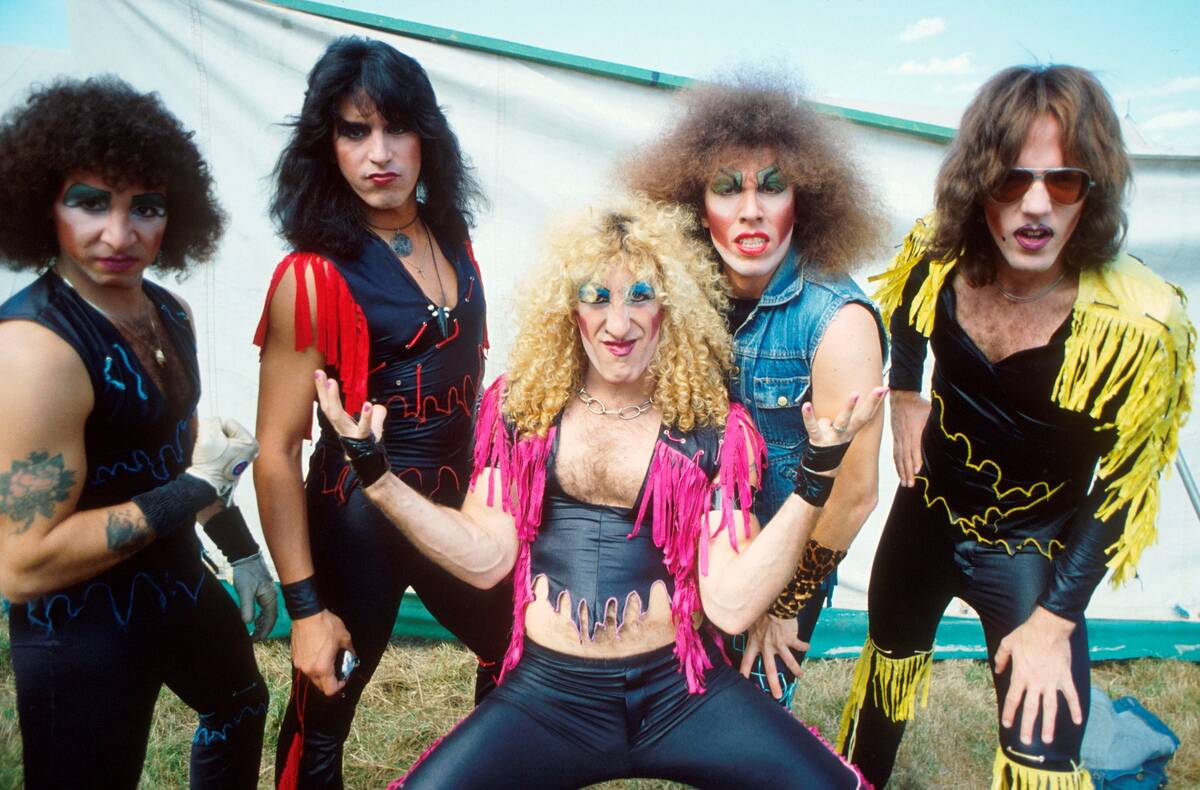
MTV played a crucial role in the rise of hair metal, providing a platform for bands to showcase their music and style. The channel’s emphasis on music videos allowed hair metal bands to reach a wider audience, turning songs into visual spectacles. Videos like “We’re Not Gonna Take It” by Twisted Sister and “Livin’ on a Prayer” by Bon Jovi became iconic, thanks to their memorable visuals. MTV’s influence helped hair metal bands gain exposure and popularity, solidifying the genre’s place in pop culture.
The Fashion and Style that Defined an Era

The fashion and style of hair metal were as iconic as the music itself, with bands embracing flamboyant looks that became synonymous with the genre. Spandex, leather, and bold patterns were staples of the hair metal wardrobe, often paired with dramatic makeup and teased hair. This eye-catching style was not just about aesthetics; it was a statement of rebellion and individuality. The fashion of hair metal bands left a lasting impression and became emblematic of the excess and extravagance of the 1980s.
Hair Metal’s Impact on Pop Culture
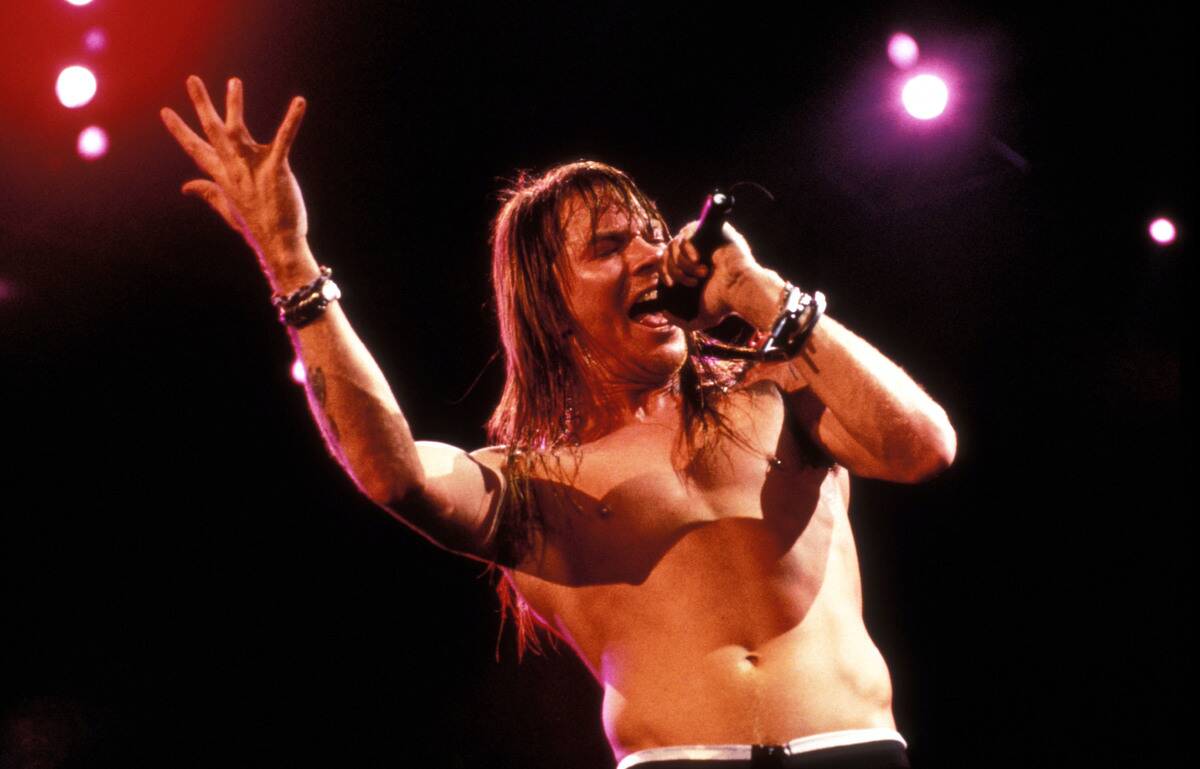
Hair metal’s impact on pop culture extended beyond music, influencing fashion, attitudes, and media. The genre’s larger-than-life personas and anthems of rebellion captured the spirit of the 1980s, resonating with a generation hungry for excitement. Hair metal bands became cultural icons, appearing in films, television shows, and advertisements. The genre’s influence is still felt today, with its music and style continuing to inspire new generations of artists and fans alike.
The Decline of Hair Metal and Rise of Grunge

By the early 1990s, hair metal began to decline in popularity as grunge emerged as the new dominant force in rock music. Bands like Nirvana and Pearl Jam offered a raw, stripped-down sound that contrasted sharply with the polished excess of hair metal. The shift in musical tastes marked a cultural change, as audiences gravitated towards the authenticity and introspection of grunge. Despite its decline, hair metal left a lasting legacy, and its music continues to be celebrated by fans and musicians.
Hair Metal’s Lasting Legacy and Modern Influence
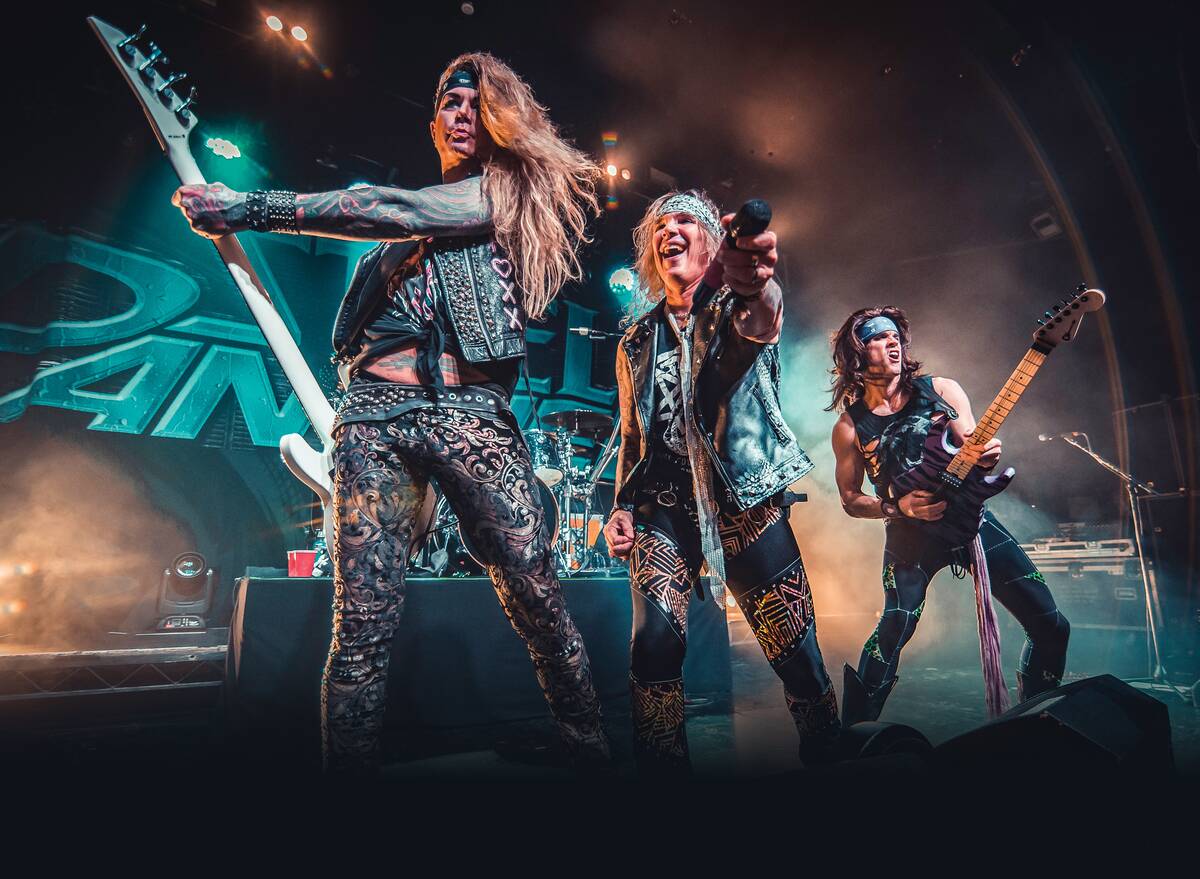
Despite its decline in the 1990s, hair metal’s legacy endures, with its music and style continuing to influence modern rock and pop culture. Bands like Steel Panther and The Darkness have embraced the genre’s flamboyant style and sound, keeping the spirit of hair metal alive. Nostalgia for the era has led to reunions and tours by many of the original bands, as well as new generations discovering the music. Hair metal’s impact on fashion, music, and pop culture remains undeniable, proving that its influence is far from over.



